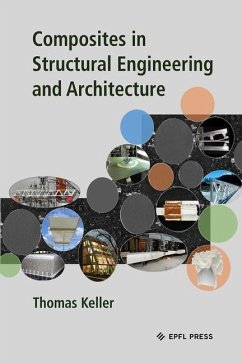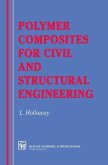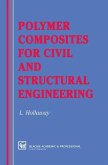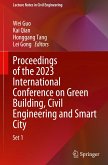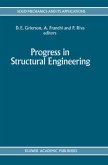The personal journey of a designer and scientist through the field of fiber-polymer composites. Composites in Structural Engineering and Architecture is about the author's twenty-five-year journey as a pioneer, scientist, designer, and lecturer in the field of fiber-polymer composites as applied to structural engineering and architecture. Composites are construction materials that offer unique properties when compared to conventional materials such as reinforced concrete or steel. In addition to their excellent mechanical properties, their physical properties- including low thermal conductivity, transparency, and color-allow structural building physics and architectural functions to be integrated into individual features of buildings. This merging of functions in buildings, in addition to the modular and hybrid composite construction of bridges, gives rise to novel and compelling solutions regarding structural safety, serviceability, aesthetics, economy, and sustainability. Alongside these opportunities, however, composites may also reveal limitations in their structural application, which can be caused by their anisotropy or viscoelasticity, or in terms of ductility, fatigue, fire resistance, and durability. The monograph first addresses these limitations from a scientific point of view and then demonstrates how they can be overcome through suitable structural and architectural design. Subsequently, it is shown how the opportunities can be explored and the current design space expanded, to allow composites to develop to their full potential in structural engineering and architecture.
Hinweis: Dieser Artikel kann nur an eine deutsche Lieferadresse ausgeliefert werden.
Hinweis: Dieser Artikel kann nur an eine deutsche Lieferadresse ausgeliefert werden.

